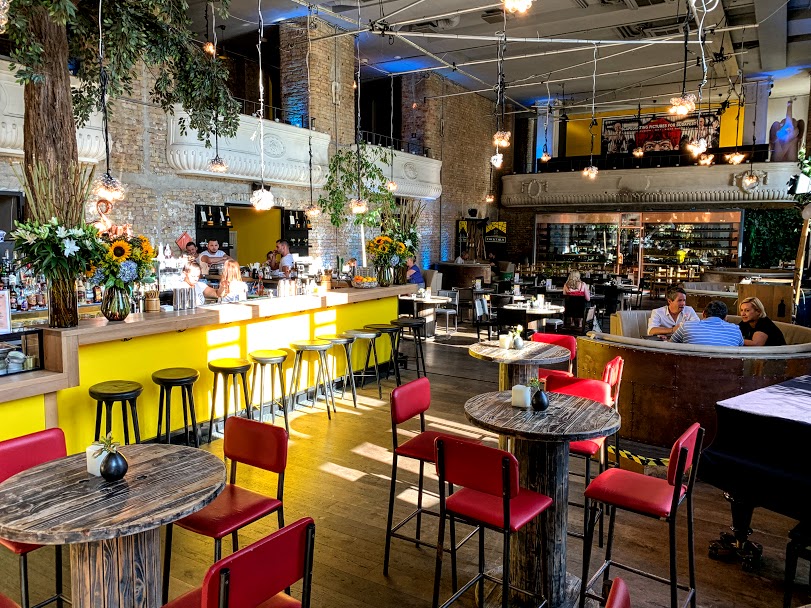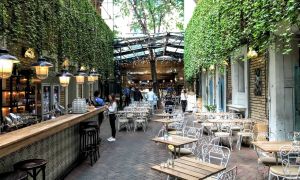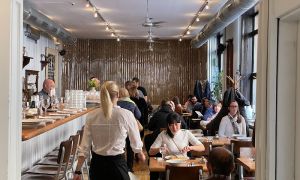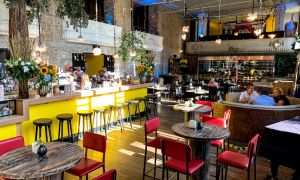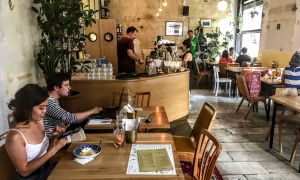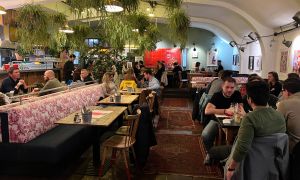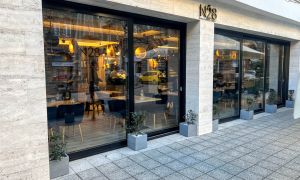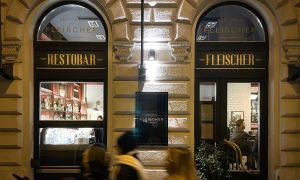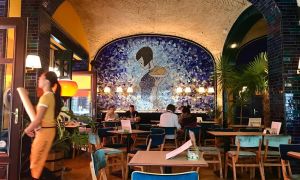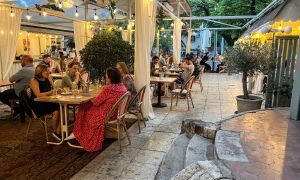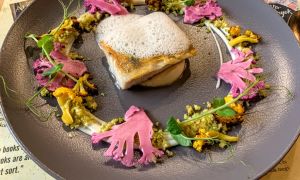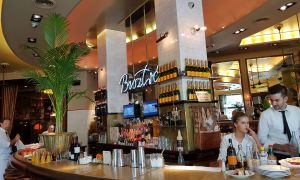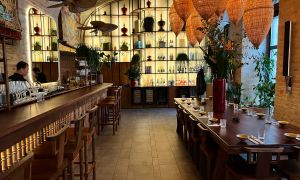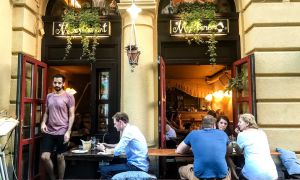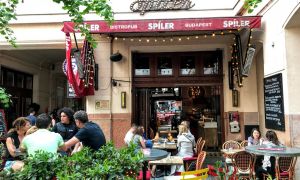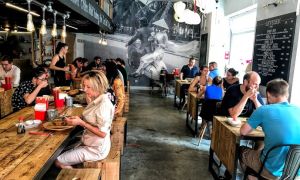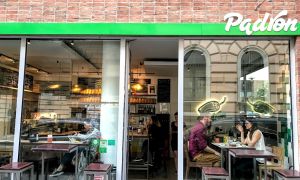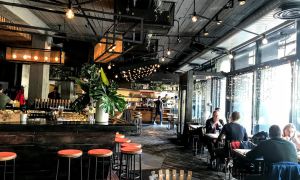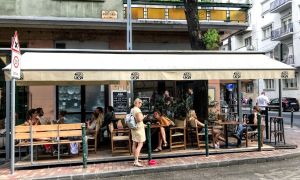Here's what to expect from Budapest's hottest restaurants: dependable dishes without culinary acrobatics, stylish interiors, overpriced plates by local standards, and a crowd comprising tourists and chic locals. For more upscale options, you could check out Budapest's fine dining and Michelin-starred restarurants too.
Head to Mazel Tov if you like the ruin bar concept in theory but prefer things more upscale. This Middle Eastern restaurant inside Budapest's buzzing Jewish Quarter does have a disintegrating facade like other ruin bars, but the inside is a different story: Cheap drinks have been upgraded to cocktails, ham & cheese sandwiches to mezze plates, self-service to hostesses, and weathered furnishings to modern fittings with lush greenery.
The dishes arrive without delay to ensure that tables turn over quickly in this popular restaurant. The shawarma plate and the merguez, a North African sausage made from beef here and paired with beets, tahini, and matbucha, are reliable. You can safely skip the undersized and under-seasoned beef kebab. Cocktails and plenty of Hungarian wines are available. Reservations are a must as the place gets mobbed by people every day of the week.
